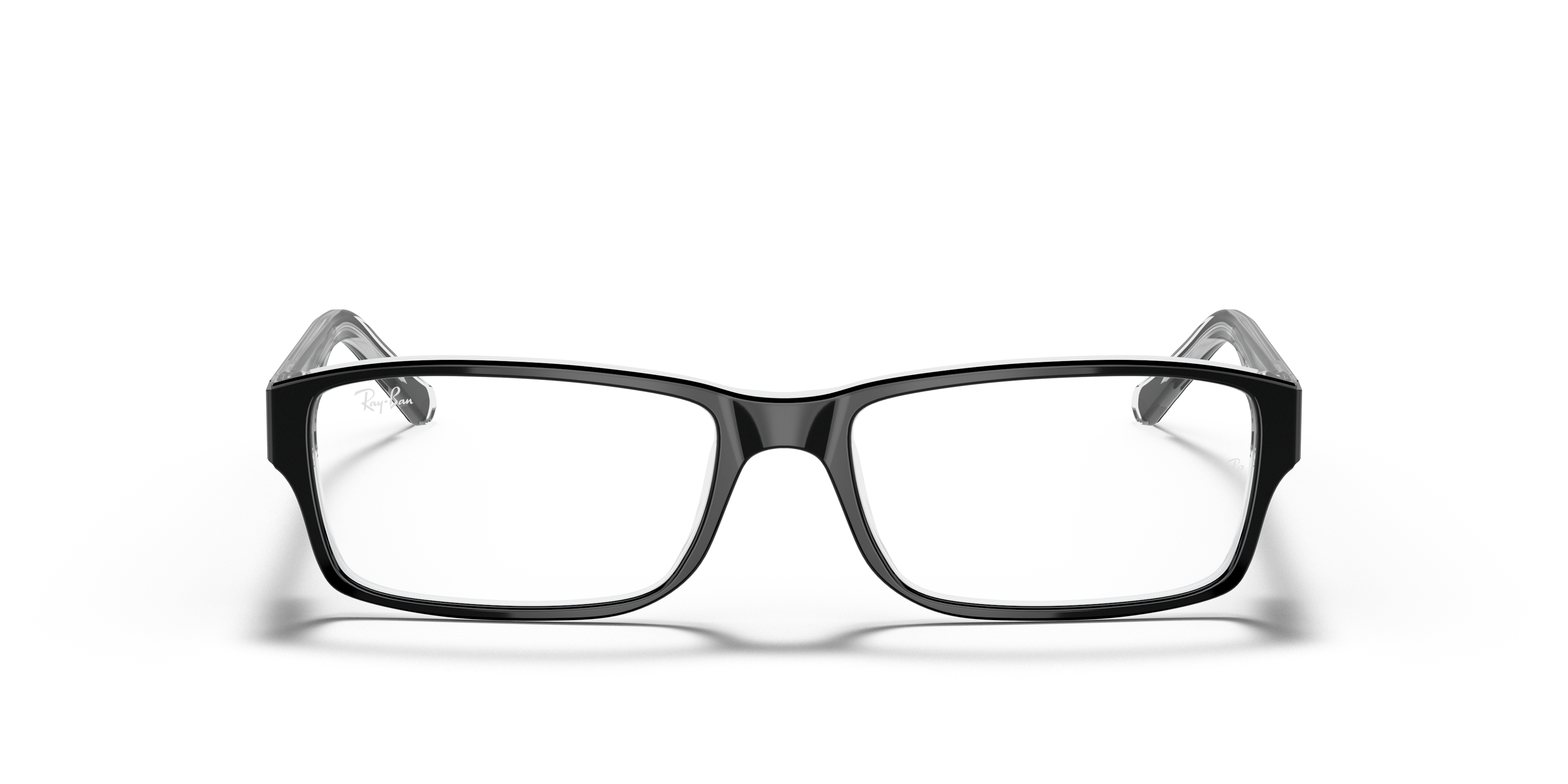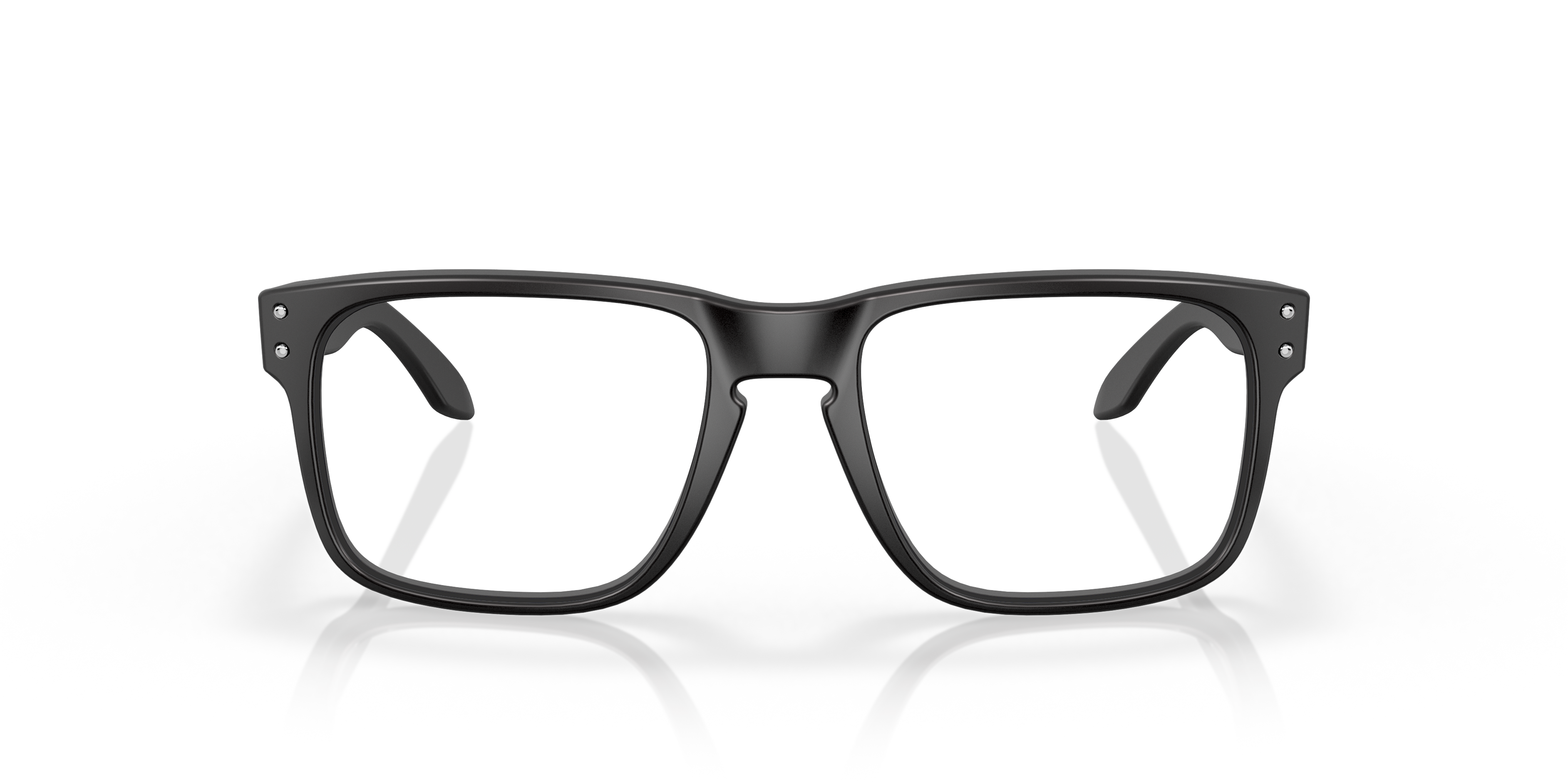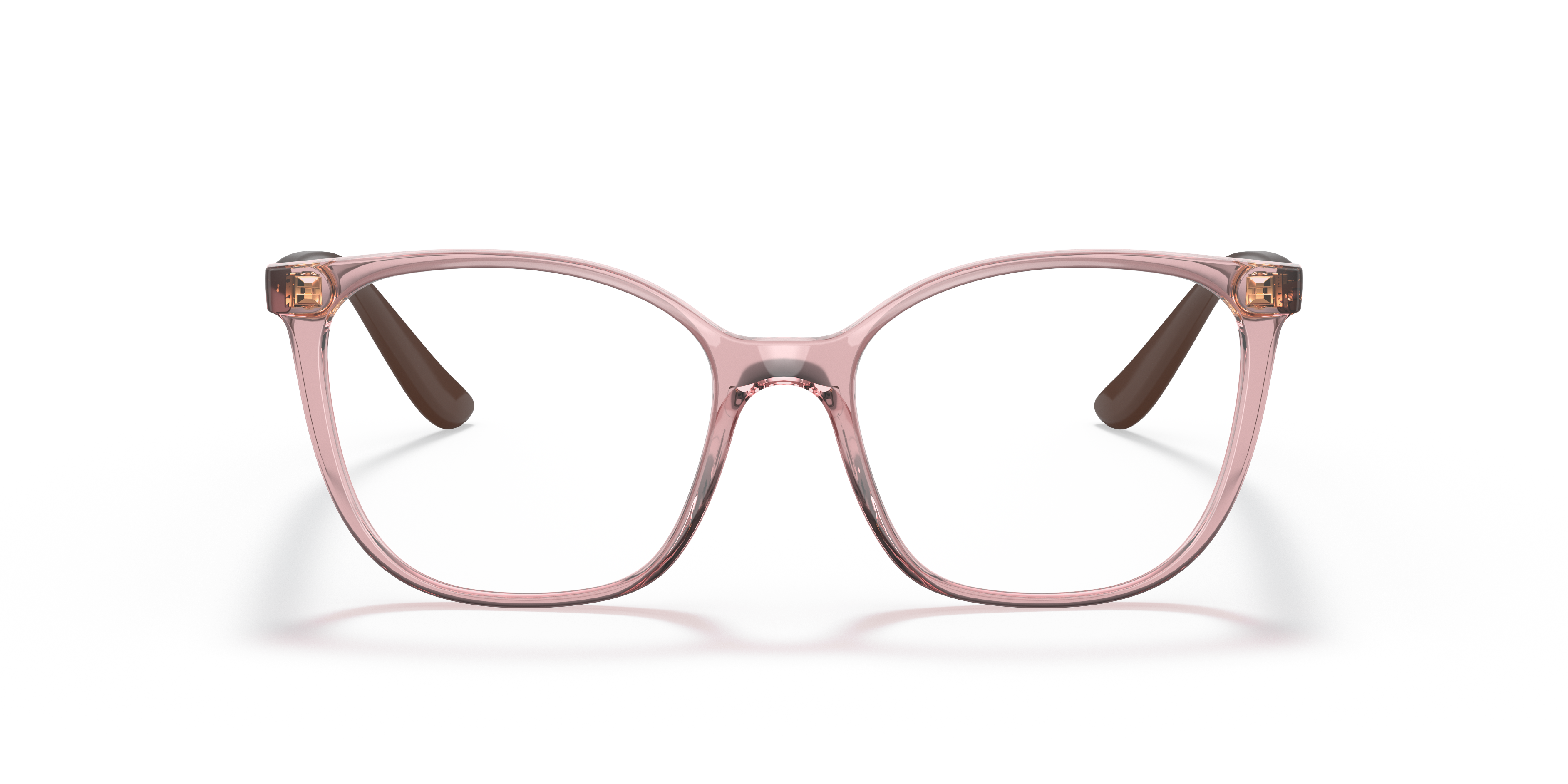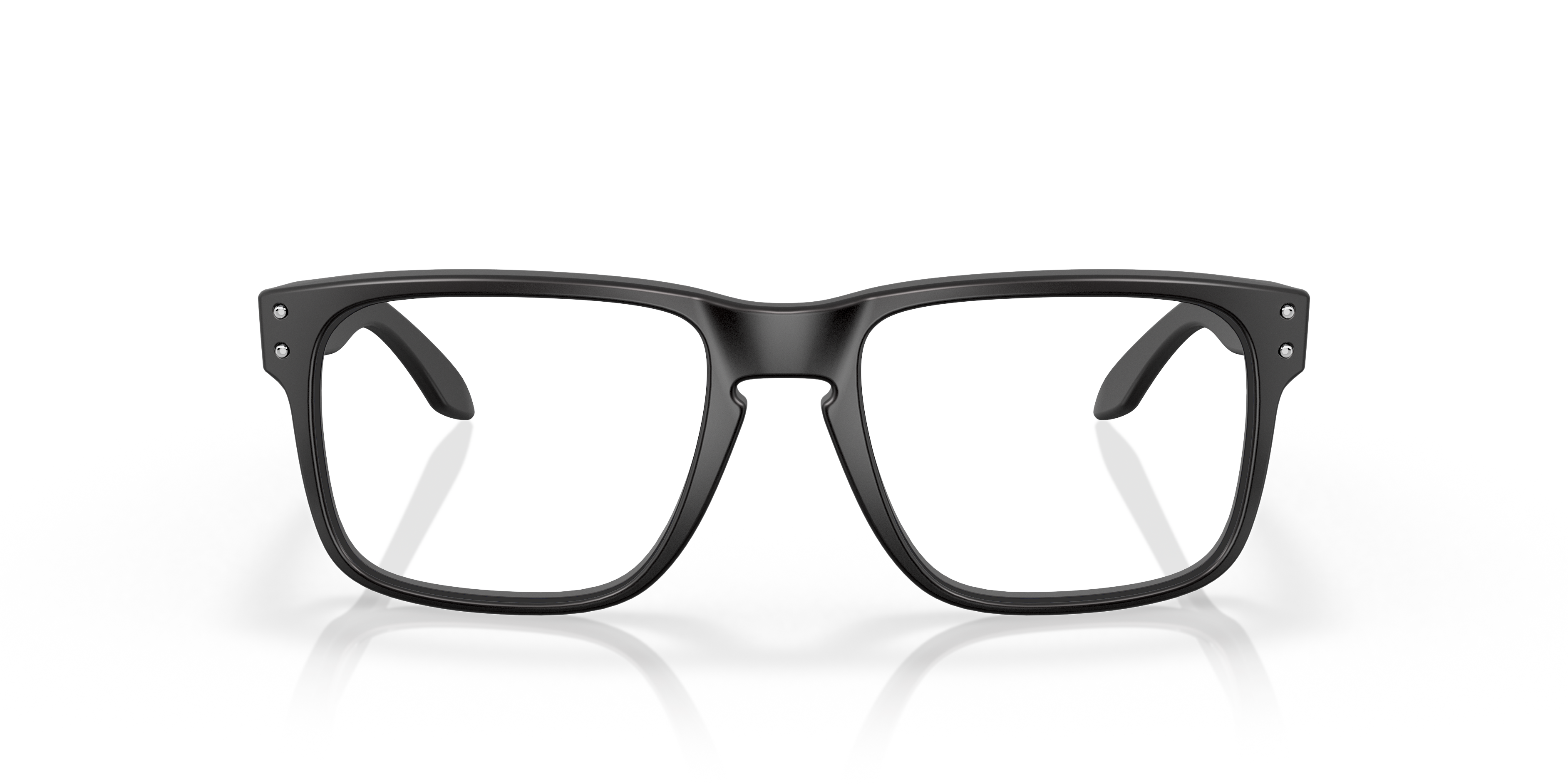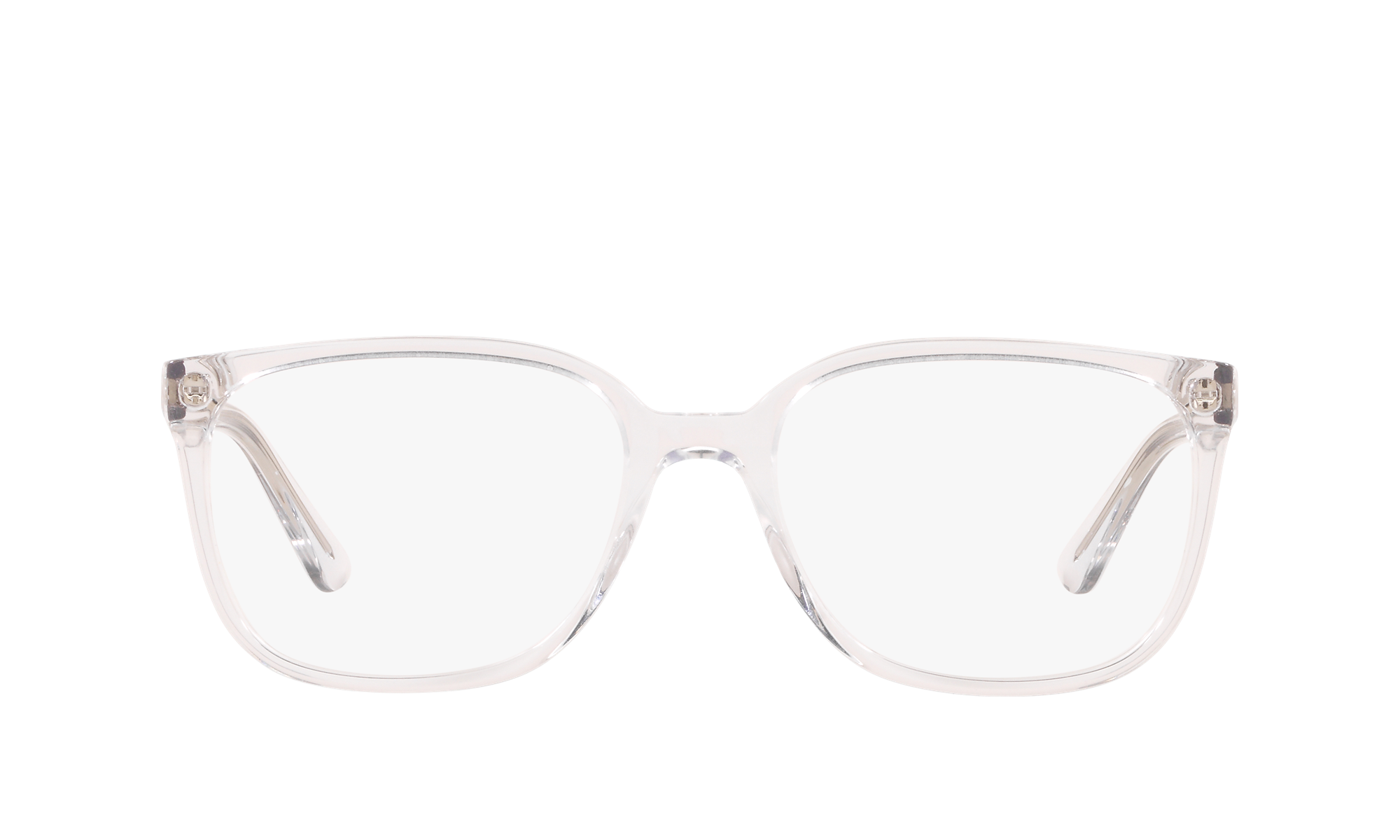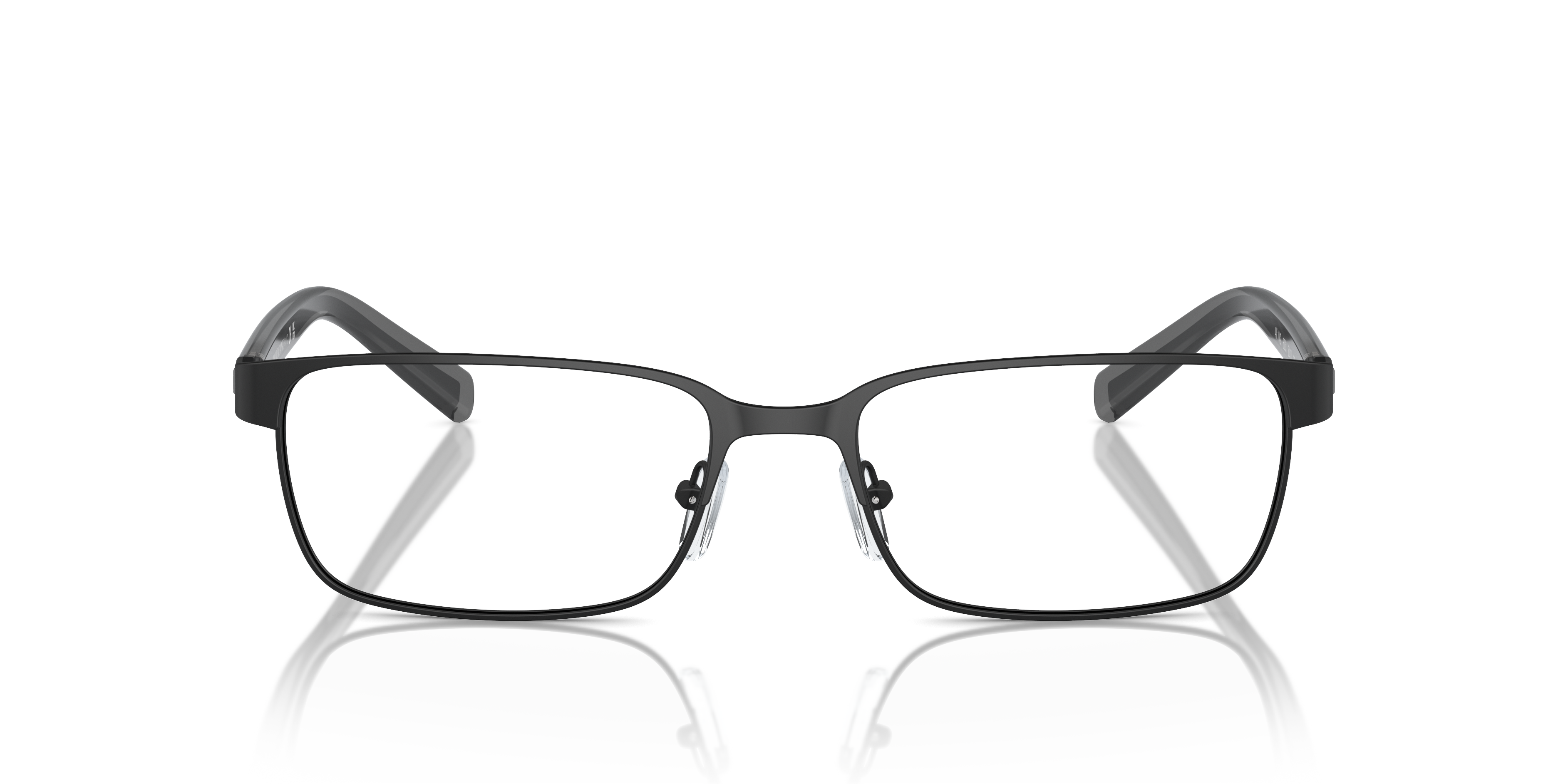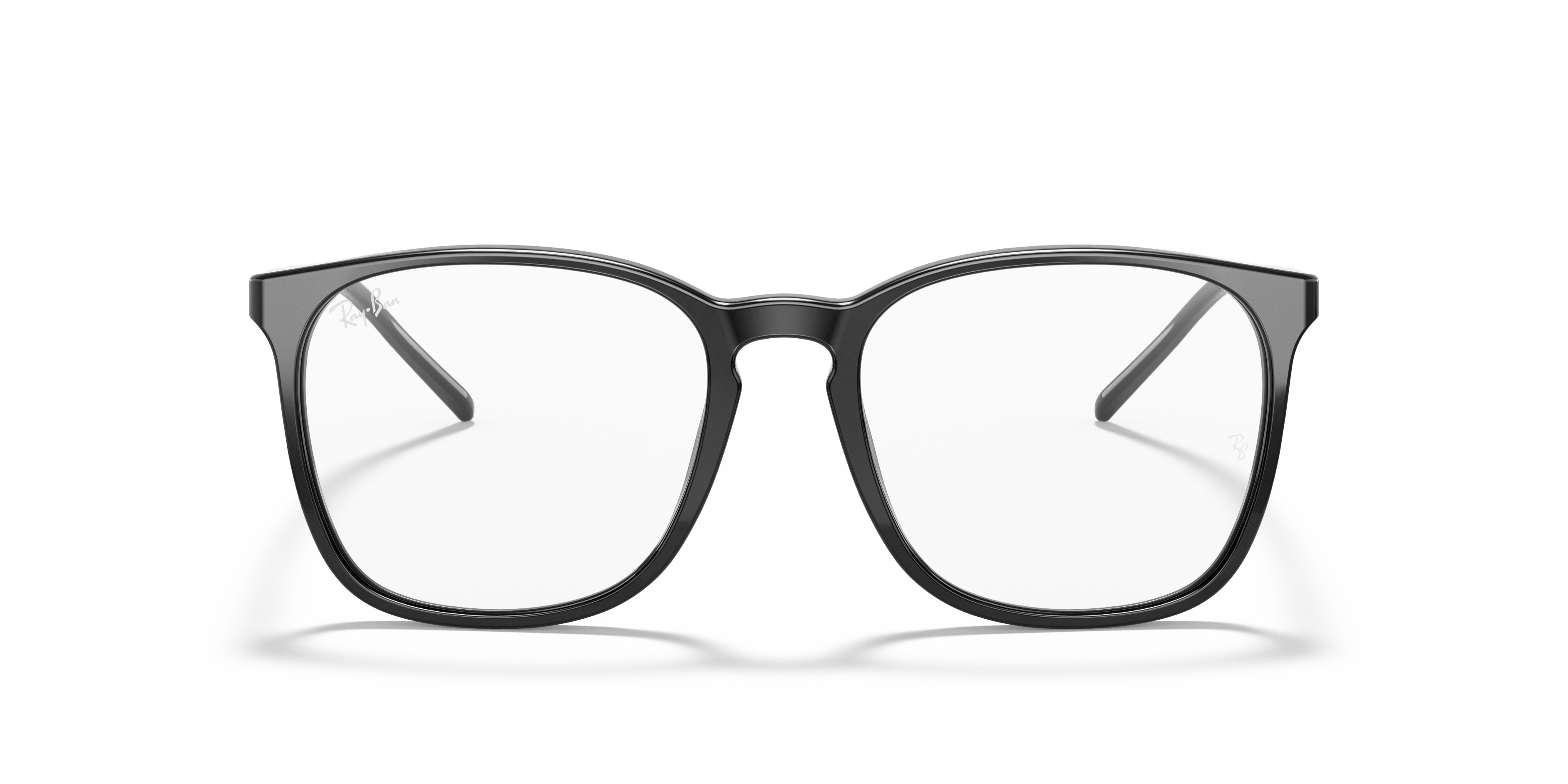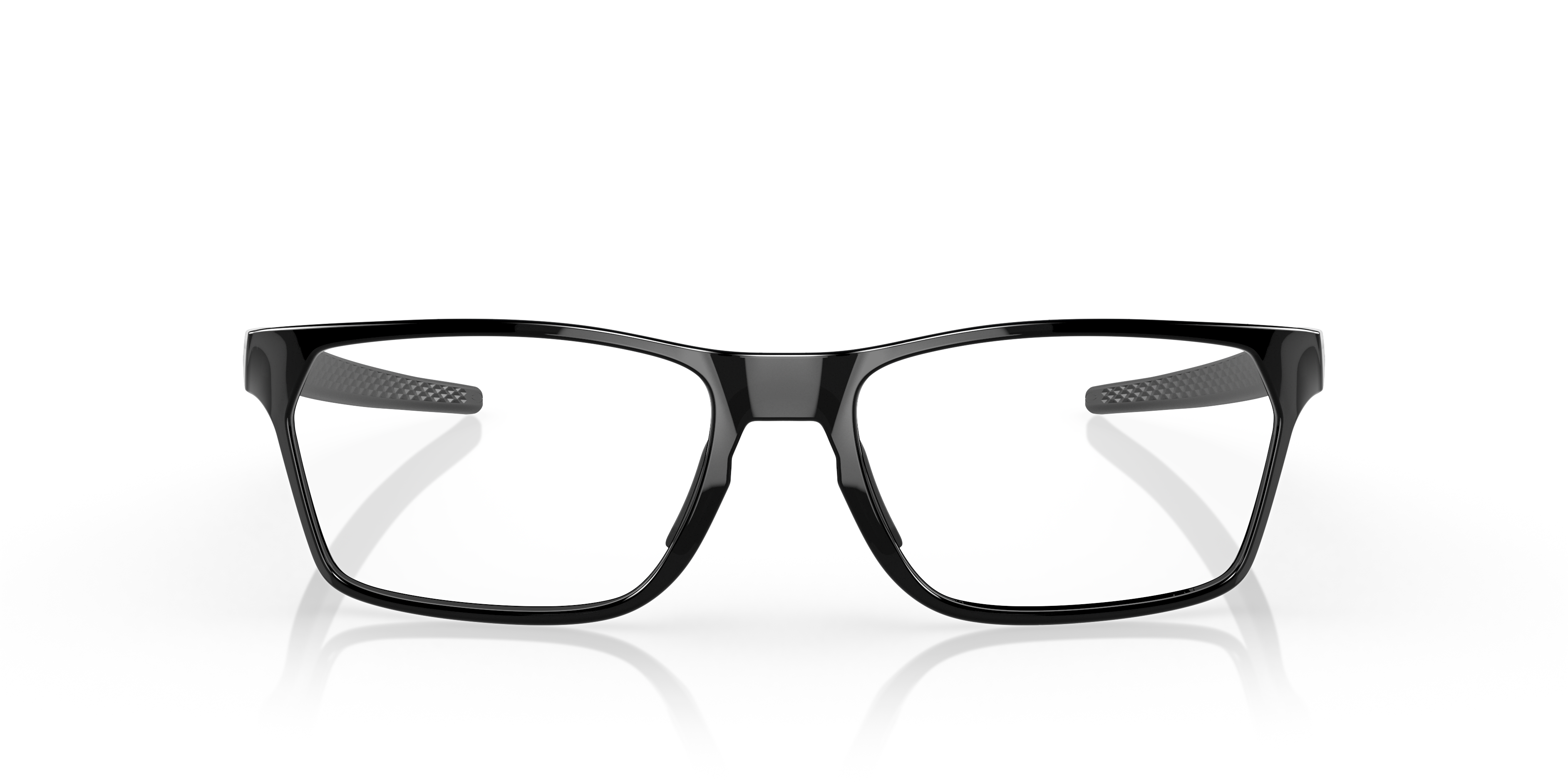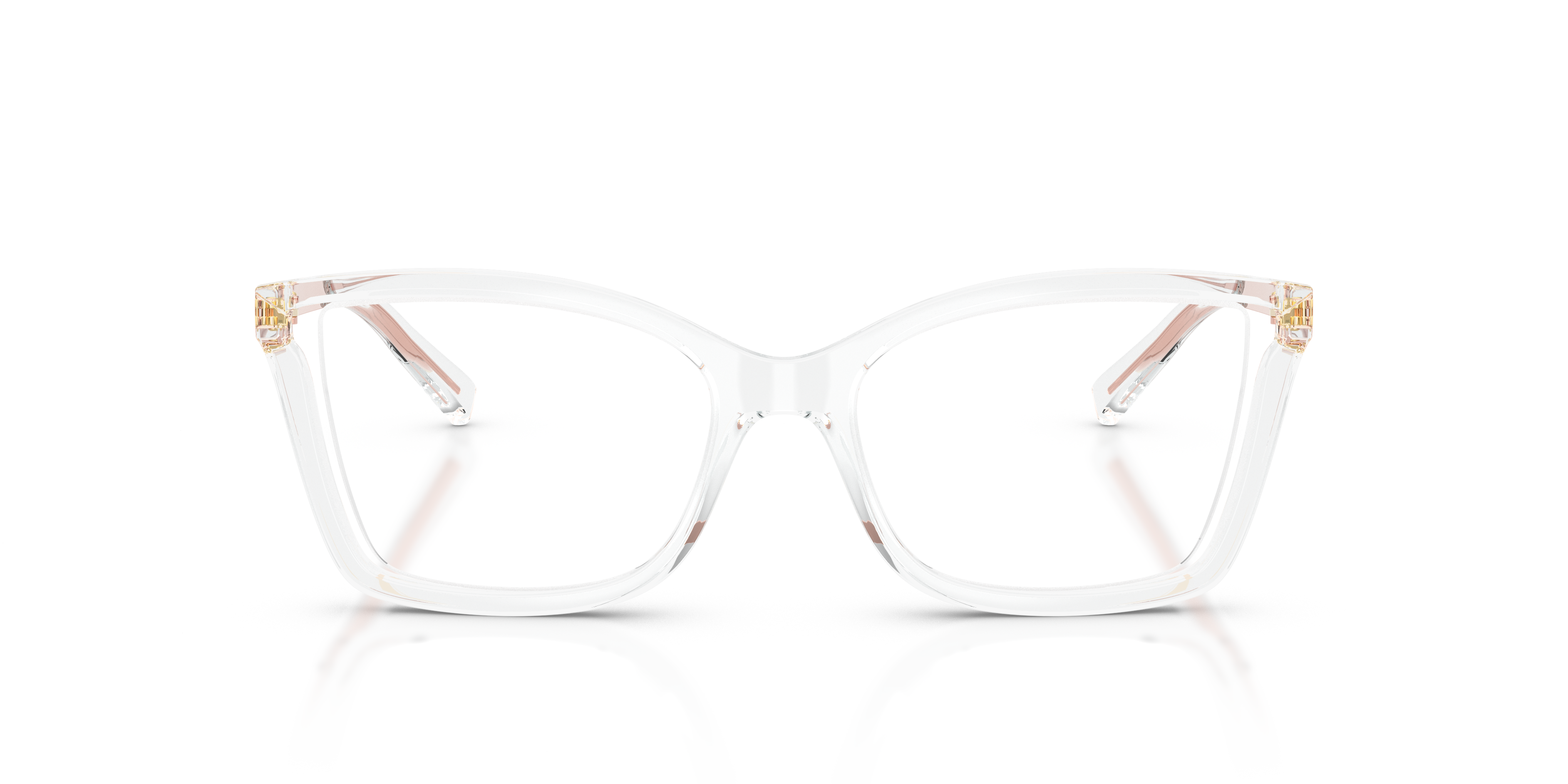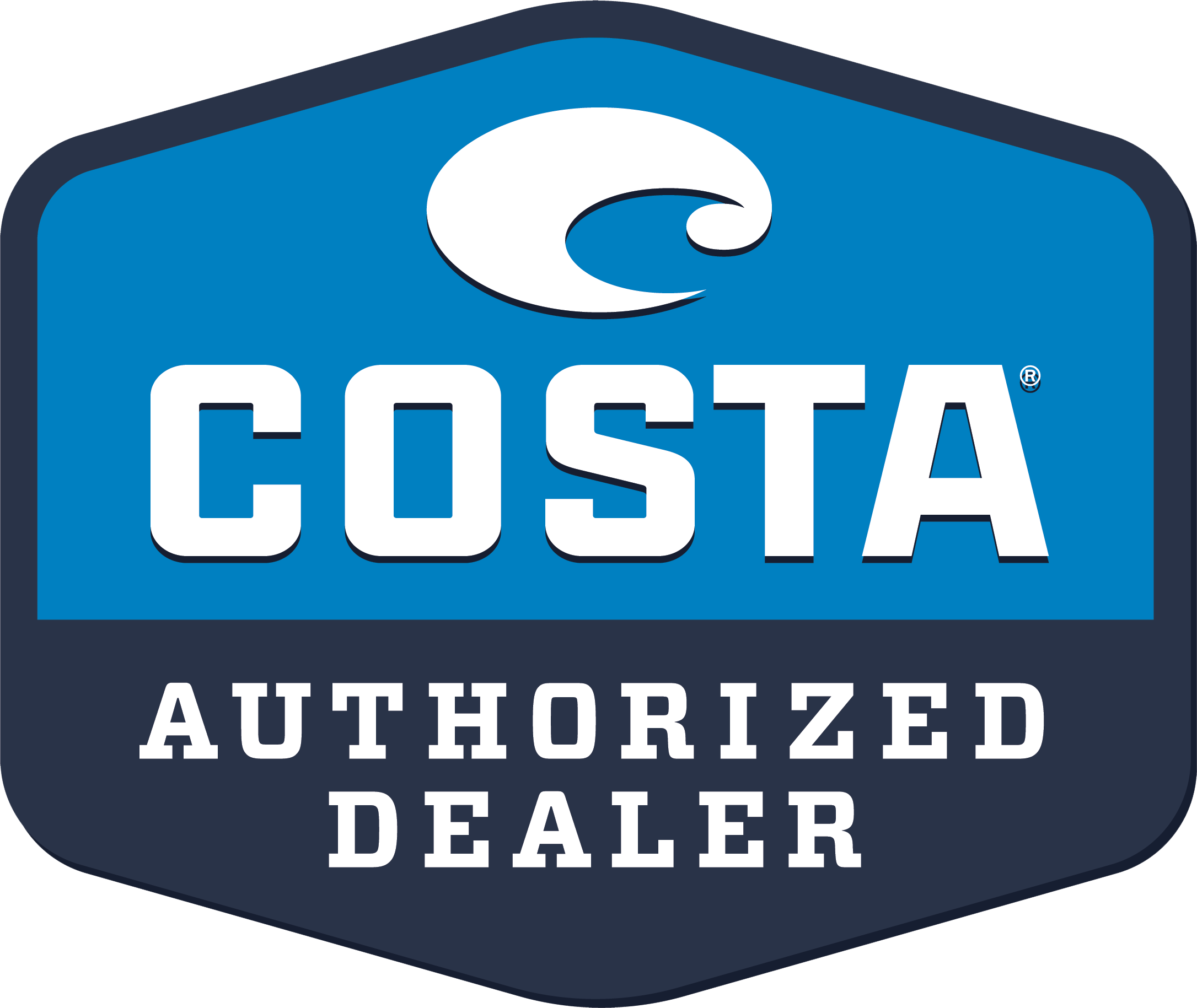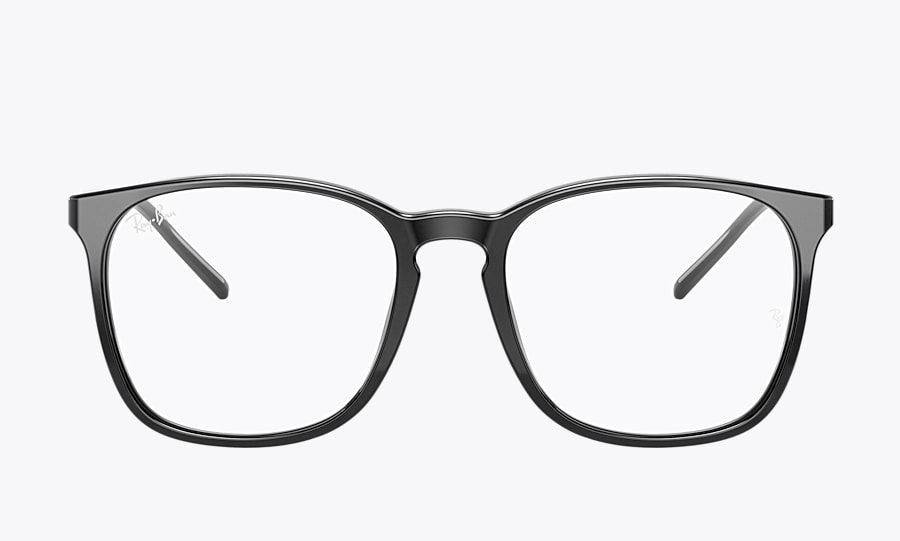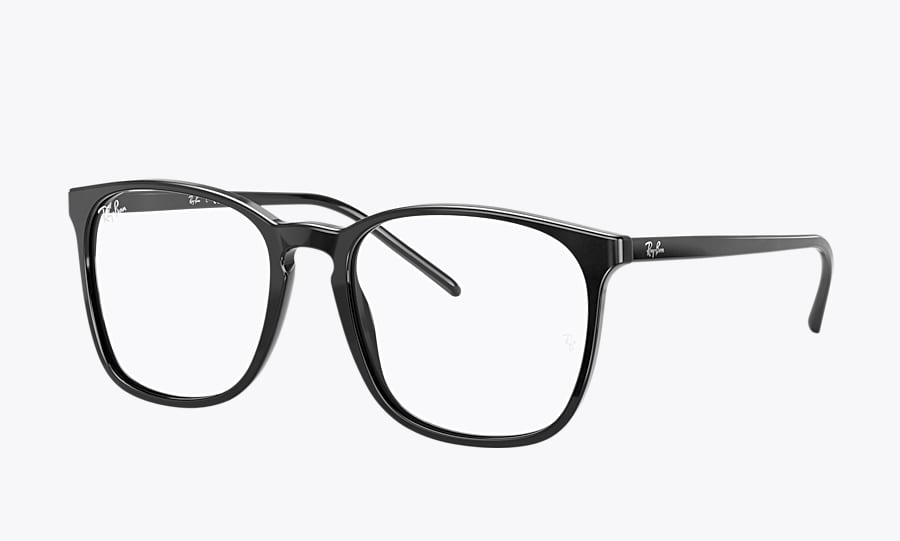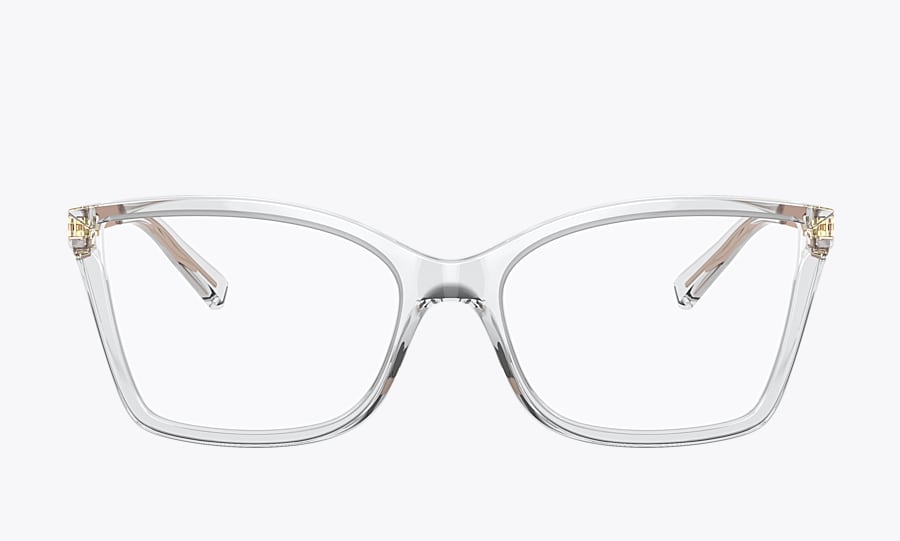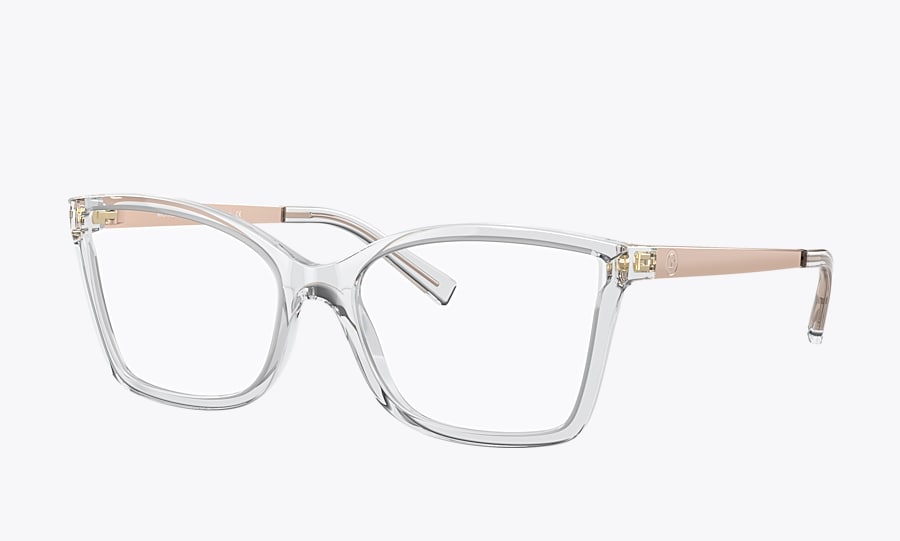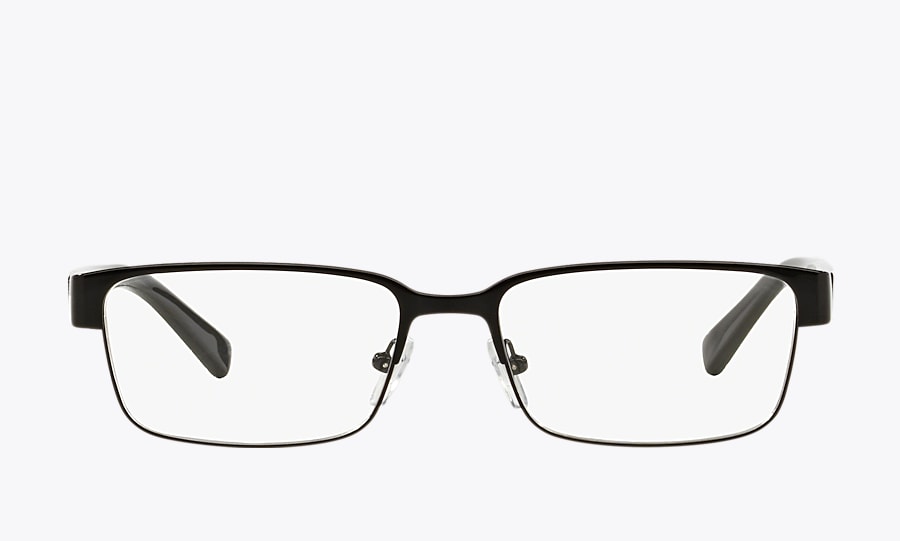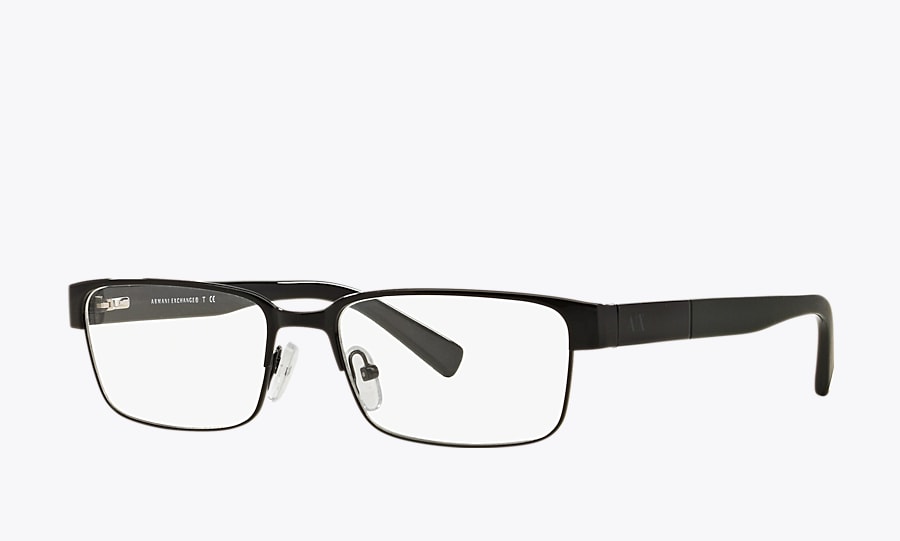How to Wear a Medical Eye Patch to Help Heal or Fix a Vision Problem
Eye Wellness
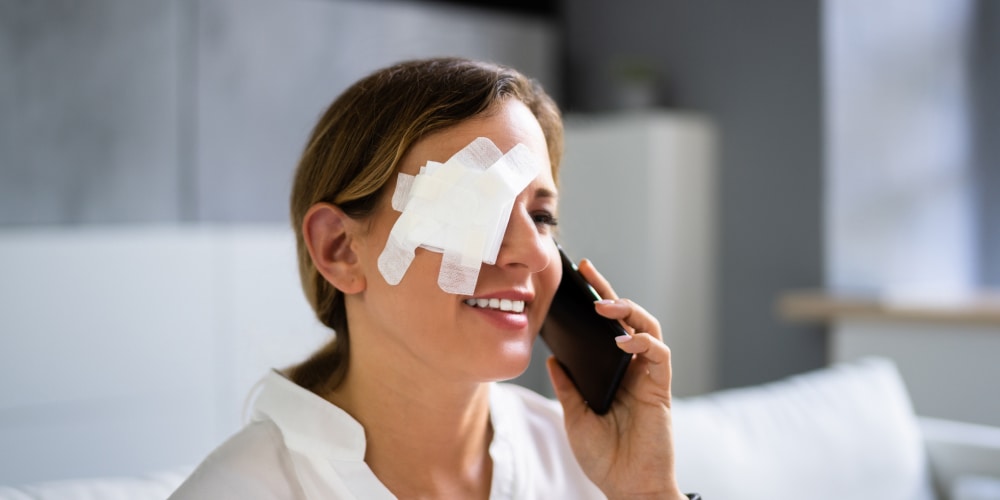
Medical Reasons For Wearing an Eye Patch
An eye patch is a device used to cover one eye (and not just for Halloween). In fact, there are several medical reasons you may need to wear an eye patch — whether to protect your eye or to aid in vision correction.
Medical eye patches are sometimes prescribed for the following situations:
- Surgery – Your eye doctor may recommend you wear an eye patch temporarily to heal after a surgery that requires cutting into your eye such as cataract surgery.
- Injury – You may need an eye patch to help heal after an eye injury.
- Weak eye – An eye patch can help fix amblyopia (lazy eye), which is when the brain focuses on the strong eye and ignores the weak one. Using an eye patch to block vision in the stronger eye can help correct this. Amblyopia is more common in children because their visual systems are still developing, but adults can have it too.
- Vision problem – An eye patch can help correct strabismus, a condition in which the two eyes are not properly aligned and don’t work together as a team. Strabismus can lead to amblyopia.
- Damaged eye – You may need to wear an eye patch if you’ve had an eye removed or if you’ve experienced a serious eye injury.
An eye patch may not be helpful or necessary in all situations. But if your eye doctor recommends it, be sure to follow their instructions on how to wear an eye patch.
Kids and Eye Patching
Approximately three out of every 100 kids have amblyopia. It’s the most common cause of preventable vision loss in children. Wearing an adhesive eye patch over the stronger eye can help prevent long-term vision issues.
Your child’s eye doctor can tell you how many hours they need to wear the patch each day.
Types of Eye Patches
You have plenty of choices when it comes to eye patches. The best eye patch for you depends on why you’ll wear it, how long you’ll need it and what you’ll be doing while you wear it.
Most eye patches fall into one of the following categories:
Adhesive
These eye patches stick to your skin and stay in place like the bandages you use for cuts and scrapes.
Pros:- Stay in place
- Effectively block light
- Are good to wear during for physical activities
- Stickiness can cause pain when removing
- Can be expensive if you use them for a long time
Non-adhesive
These cloth eye patches are soft and comfortable. A strap that wraps around your head keeps the patch from moving while you’re wearing it.
Pros:- Easy to remove
- No sticky residue
- Can help speed recovery from surgery because these patches allow air to flow in and around the eye
- Don’t completely block light
- Can mess up hair
Eyeglass lens covers
Glasses wearers also may need to wear an eye patch. There are patches that fit over the lens of the affected eye. The patch should completely cover the lens and the space between the glasses and the skin around the eye to block vision from the affected eye.
Pros:- Stay in place on the lens
- Can save money because they’re reusable
- May not completely block vision
You may also like
How To Be as Comfortable as Possible
If your eye patch doesn’t fit right or is uncomfortable, you’ll be less likely to wear it. With that in mind, there are some things to consider when choosing the right eye patch for you.
Patch Thickness
Many eye patches are curved so that they don’t lay flat on your face and to allow airflow. There are two levels of curvature — standard curve and low curve.
Standard curve has more space behind the patch so your eyelashes don’t rub up against it. This space also allows air to flow behind the patch, which may speed healing from an eye injury.
If you wear glasses, a low curve patch may be more comfortable for you. It has less distance between the front of the patch and your face so that the patch won’t rub your glasses lens and will stay in place over your eye.
Size
In addition to thickness, it’s also important to get the right size eye patch. The structure of your face including the size of your nose, width of your face and height of your cheekbones can all affect how comfortable a patch is for you to wear.
Eye patches come in different sizes, shapes and materials. Once you’ve chosen a style, you may want to try different sizes to make sure the eye patch fits and is comfortable for you.
Visit your eye care provider
If you’re having any vision problems, your first step is to see an eye doctor to learn what’s going on. They can do a thorough exam to diagnose your issue and determine if you need an eye patch. And your doctor should explain how to wear an eye patch correctly.









